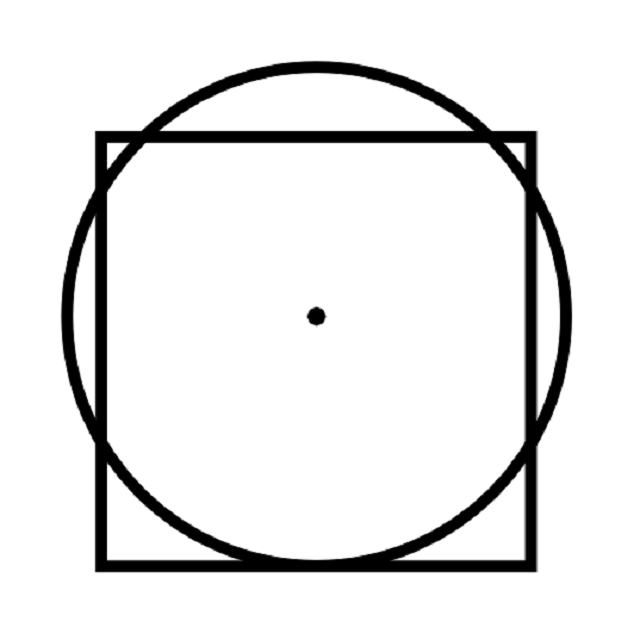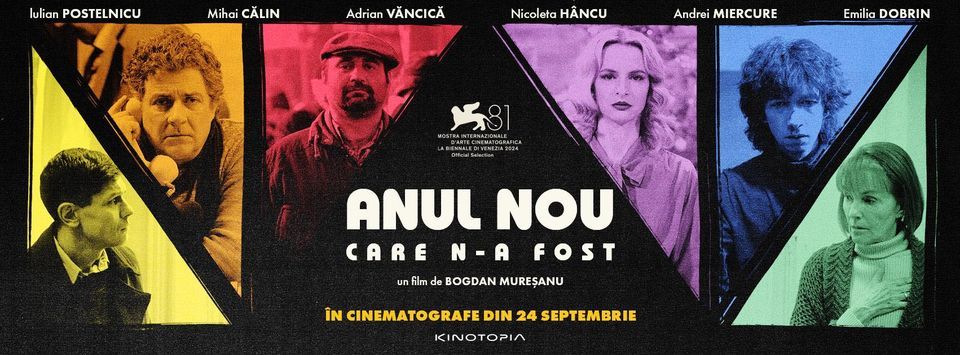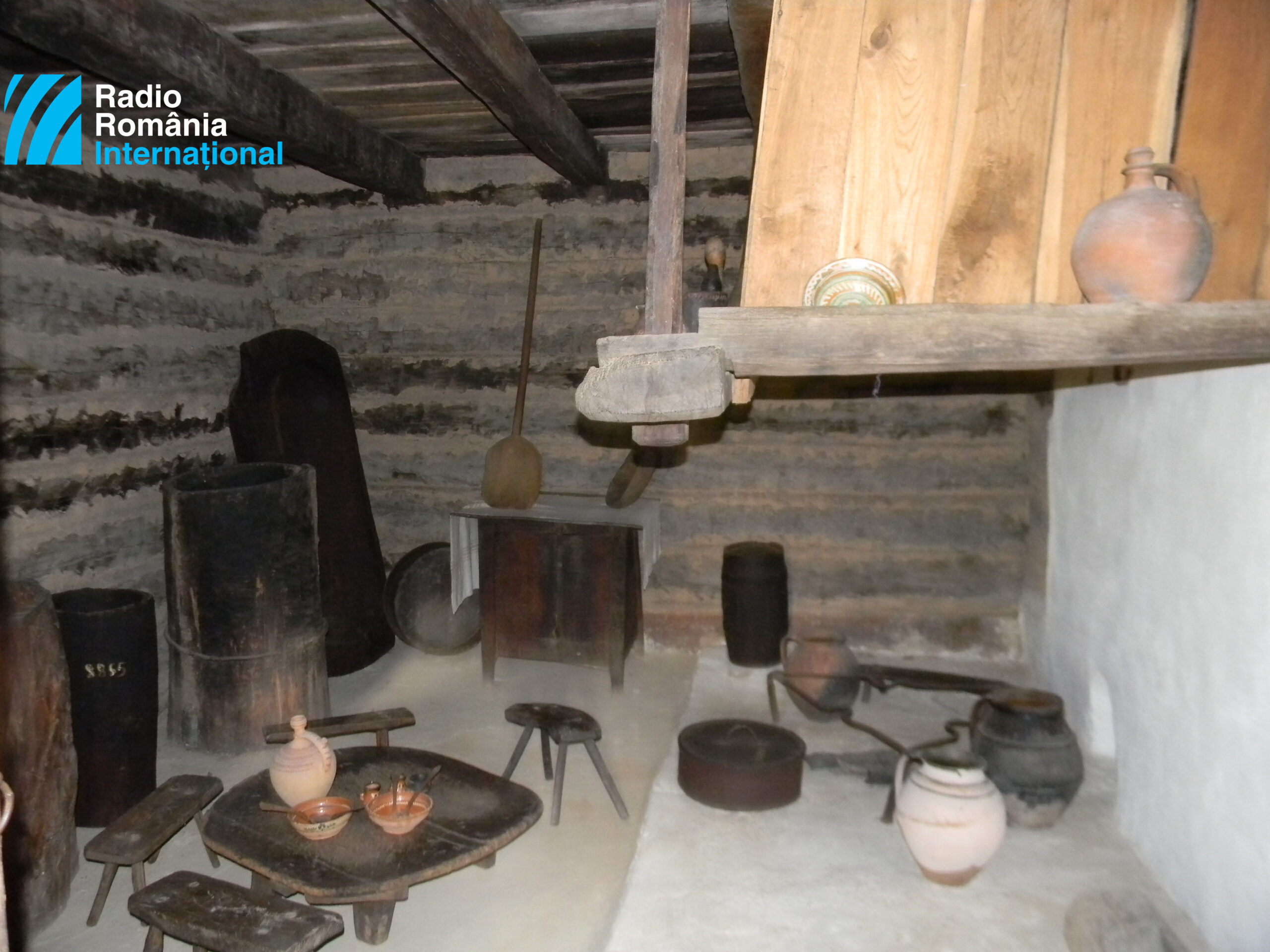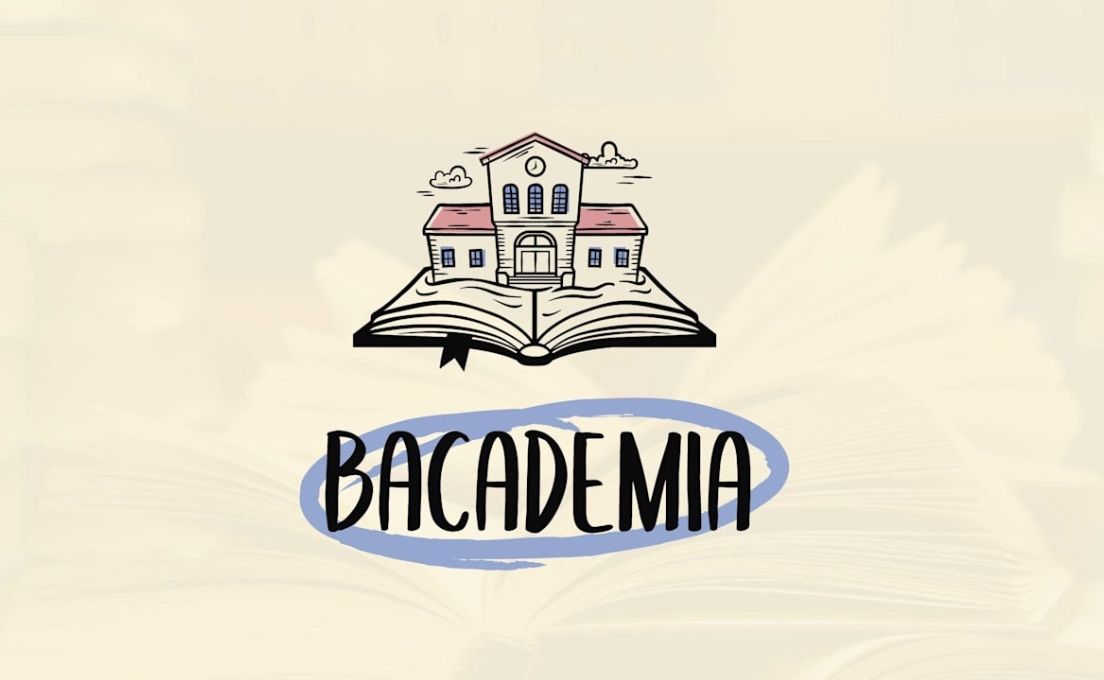Stories With And About Photographers
Studio Photo Omnia has a number of projects for preserving old photographs

Ana-Maria Cononovici, 12.05.2020, 14:00
Once upon a time there was a painted box with faded pictures that told the story of a family, like an old-time puzzle. Photos that had on the back a name, maybe a message, linking the person in the picture with other members of the family. Because she loves photography as both image and story, Cristina Irian and her associate, Dorian Delureanu, founded the Photo Omnia Association. Cristina Irian told us the story of the origin of the project:
“Our story as an association starts with discovering two sources of photos, not archives as such, but two photo studios that were active in the interwar period, one in Craiova, the other in Bucharest, named Studio Photo Omnia, hence the name of the association. We looked for photos made by photographers who worked in the two studios. This was the initial project, and it was very interesting, because we discovered two formulas of photos, two types of photography activities, one studio more focused on portraits and events, and the other focused on photography projects, which, it seems — we dont know for sure, this is what a researcher told us — had to do with a group of students in the architecture and design domain, in the period between the wars.”
Cristina Irian told us about the archives they recovered:
“We dealt with a number of archives. We have two large scale projects, one is about family and professional archives, the other a number of family and travel albums, a sub-genre of family albums. We ran a few pilot projects focused on family albums in several areas of Romania, and on travel albums, especially of young people or business people in the period between the wars in Bucharest. As for the archives that we uncovered and we worked with, I can say that there are lots of stories. Somehow these archives came our way.”
One of the most beautiful stories is set in Gura Humorului, between 1897 and 1960. Here with details is Cristina Irian:
“The first archive, Ioanas box, the box of stories from northern Romania, appeared at one of the events I organized with a good friend of mine in 2017, an event about old and new photography, old and new techniques, a sort of photography re-enactment, which we tried also, and together with Paul Aioanei we held an event at his studio, and there we found Ioana Brunet, the owner of this archive, from Gura Humorului. This is how this box emerged. It took a while for this box to reach digital space. It was digitized as part of the pilot project, and from there we took this research further, and we turned this archive into a double digital product, a digitized map of the trajectory of the photos and people in the box. We also had a small digital product, and audio-video presentation based on the photos and documents we discovered, an archive narrated by Ioana. The initial intent was to tell the story of these archives in the presence of their owners, but we also wanted to preserve in some form these presentations, and so we reached this formula of illustrated presentation, recorded in a maximum of 10 to 15 minutes of text and image.”
Each photo has its home, we find out from the story. Once the viewer gets into the house of the photo, he is revealed life stories, sometimes captured in detail. Parents, grandparents, grandchildren, the story of cities, countries, borders that shift its configuration in time, and carry with the people that are in the photos.
On the website of the association you can also find pictures of Dacia cars, part of an anniversary project, called Dacia 50 is still running, as well as the projects Wells of Oltenia and The Mysteries of Craiova.
Cristina Irian explained the purpose of these two archives:
“It has a double purpose. Our wish was, on the one hand, to present the archive and the contents of the archive as they are, the story of the people who used to own it, and on the other to emphasize the photographic content: the types of photos, the ways in which people were photographed, the current practices at the time, and, where relevant, to showcase the name of some photographers that were important in their time. In each archive we have discovered very important names of their time, and rare photography material.”
Another project of the association is Analogic 192021, a long term project of research, digitization, promoting analog photography, of photo collections and archives from Romanian communities, run in partnerships with cultural associations and institutions. Analogic 192021 consisted of exhibiting photos made in 2017, based on an Omnia Photo concept, related to practices in using photography in communities in Ialomita, the county of origin of Costica Acsinte, the author of the processed photographs.
CC






























